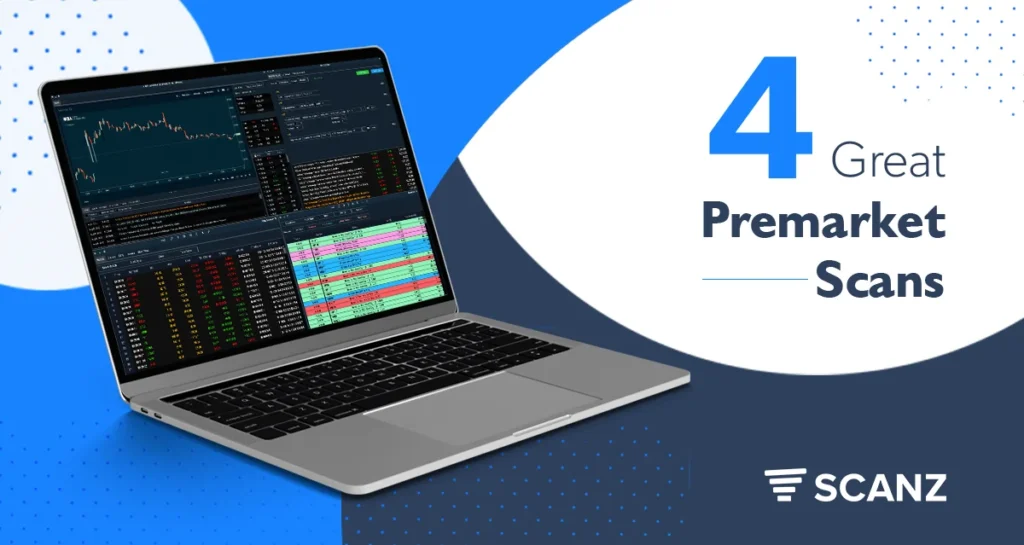Business
Pre-Market Stock Movers, Gappers, and News

Pre-market trading occurs before the regular stock market opens, typically between 4:00 AM and 9:30 AM EST in the United States. During this time, investors and traders can react to news, earnings reports, and other events that have occurred since the previous market close. Pre-market stock movers and gappers are stocks that show significant price changes during this period. Understanding these movements can provide valuable insights for the trading day ahead. This article explores the concept of pre-market stock movers, gappers, and the news influencing these changes.
What Are Pre-Market Stock Movers?
Pre-market stock movers are stocks that experience significant price changes during the pre-market trading session. These movements are often driven by news events such as earnings reports, product launches, mergers and acquisitions, or macroeconomic developments. Stocks that move significantly during pre-market trading can set the tone for the regular trading session.
Gappers
Gappers are stocks that open at a price significantly higher or lower than their previous closing price, creating a “gap” on the stock chart. There are two types of gaps:
- Gap Up: When a stock opens at a price higher than the previous day’s close.
- Gap Down: When a stock opens at a price lower than the previous day’s close.
Gaps can occur due to a variety of reasons, including earnings surprises, analyst upgrades or downgrades, significant news events, or changes in investor sentiment.
Factors Influencing Pre-Market Movers and Gappers

Several factors can influence the movement of stocks in the pre-market session:
- Earnings Reports: Quarterly earnings reports are a major driver of pre-market activity. Companies that report better-than-expected earnings often see their stock prices rise, while those that miss expectations may see their prices fall.
- Analyst Ratings: Upgrades or downgrades from analysts can have a significant impact on a stock’s pre-market price. An upgrade can lead to a gap up, while a downgrade can result in a gap down.
- News Releases: News related to mergers and acquisitions, product launches, regulatory changes, or significant corporate developments can cause stocks to move in the pre-market session.
- Economic Data: Macroeconomic indicators such as employment reports, GDP data, and interest rate decisions can influence pre-market trading. Positive economic data can boost investor confidence, leading to higher stock prices, while negative data can have the opposite effect.
- Market Sentiment: General market sentiment, influenced by global events, geopolitical tensions, or market trends, can also impact pre-market stock movements.
Analyzing Pre-Market Movers and Gappers
Analyzing pre-market stock movers and gappers requires a combination of technical and fundamental analysis. Here are some steps to consider:
- Monitor News: Stay updated with the latest news that could affect the stock market. This includes earnings reports, economic data releases, and significant corporate announcements.
- Check Pre-Market Volume: High pre-market trading volume can indicate strong interest in a particular stock and can provide a clue about its potential movement during the regular session.
- Use Pre-Market Scanners: Pre-market scanners are tools that help identify stocks with significant price changes and high trading volumes. These scanners can filter stocks based on various criteria such as price movement, volume, and market capitalization.
- Analyze Charts: Technical analysis of stock charts can help identify key support and resistance levels, trend patterns, and potential entry and exit points.
- Understand the Context: Consider the broader market context and how it might impact individual stocks. For example, if a company reports strong earnings but the overall market sentiment is negative, the stock might not perform as well as expected.
Notable Pre-Market Movers and Gappers
To illustrate the concept, let’s look at some recent examples of notable pre-market movers and gappers:
- Tesla, Inc. (TSLA): Tesla often sees significant pre-market activity following its earnings reports. For instance, after a better-than-expected earnings report in Q4 2023, Tesla’s stock gapped up by over 10% in pre-market trading.
- Apple Inc. (AAPL): Apple frequently moves in the pre-market session due to product launches and earnings reports. A major product launch announcement in early 2024 led to a gap up in pre-market trading.
- AMC Entertainment Holdings, Inc. (AMC): AMC, known for its volatility, saw a substantial gap down in pre-market trading after announcing a new share offering in late 2023, which diluted the value of existing shares.
Impact of Pre-Market Movements on Regular Trading
Pre-market movements can set the tone for the regular trading session. Here’s how:
- Price Discovery: Pre-market trading helps in the price discovery process, providing an early indication of how a stock might perform when the market opens.
- Market Sentiment: The direction of pre-market movers can influence market sentiment. For example, if several major stocks gap up, it can boost investor confidence and lead to a bullish market open.
- Trading Strategies: Traders often develop strategies based on pre-market movements. For instance, they might look for continuation patterns where a stock continues to move in the same direction as its pre-market trend, or reversal patterns where the stock changes direction once the regular session begins.
Risks and Considerations
While trading pre-market movers and gappers can be profitable, it also carries risks:
- Low Liquidity: Pre-market trading typically has lower liquidity compared to regular trading hours, leading to wider bid-ask spreads and increased volatility.
- Price Volatility: Stocks can be more volatile in the pre-market session due to limited participation and higher sensitivity to news.
- Market Orders: Using market orders in pre-market trading can be risky due to low liquidity and rapid price changes. Limit orders are generally preferred to control entry and exit prices.
- News Impact: Stocks reacting to news in the pre-market session can change direction quickly once the regular session opens, especially if additional information becomes available.
Conclusion
Pre-market stock movers and gappers provide valuable insights into market dynamics and investor sentiment. By understanding the factors that drive these movements and utilizing appropriate analysis tools, traders can develop strategies to capitalize on pre-market opportunities. However, it’s essential to be aware of the risks involved and to approach pre-market trading with a well-thought-out plan. As always, staying informed and adaptable is key to navigating the dynamic world of stock trading.
-

 US News2 months ago
US News2 months agoThe Evolution and Impact of SimCity Forums on the Gaming Community
-

 Fashion2 months ago
Fashion2 months agoCelebrity Style Spotlight: Iconic Slip Dress Moments of 2024
-

 Fashion4 months ago
Fashion4 months agoMercedes Blanche: A Guide to Her Impact on the Boys
-

 Business5 months ago
Business5 months agoUnderstanding Cloudiness in Urine: Causes, Symptoms, and Treatment


















